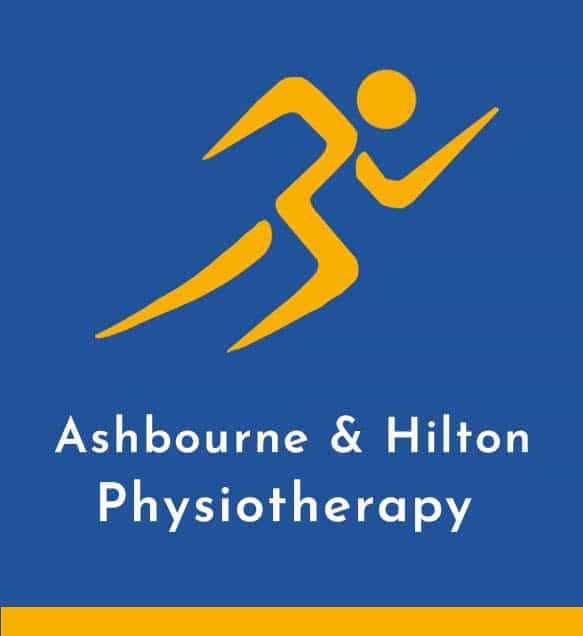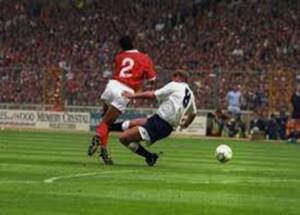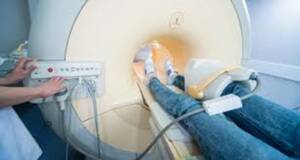ACL Journey Guide
What is the ACL ?.
The anterior cruciate ligament is one of the key ligaments that stabilizes the knee joint. It connects the thigh (femur) and shin bone (tibia) running diagonally to the posterior cruciate ligament. It prevents the tibia from sliding forwards and twisting.


Charlotte King
Physiotherapist BSc (Hons)
ACL Injuries
Injuries to the ACL occur mainly in young and active people with approximately 30000 surgical reconstructions done in the UK each year. Women are twice as likely to injury their ACL due to anatomical differences and hormonal involvement in ligament strength.
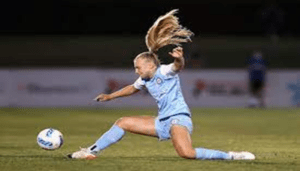
Ruptures and tears of the ligament usually occur during higher intensity sports such as Football, Rugby or Netball when twisting, sudden change of direction or landing from a jump. Of course, the knee can be injured during non-sporting accidents too such as car accidents.
There is usually an audible pop with immediate swelling called a hemarthrosis, as this settle’s instability becomes increasingly obvious, and an assessment will be required.


Charlotte showing with and without the brace fitted.
“In 2011, aged 35, I sustained an ACL rupture and MCL strain whilst playing netball. There was an audible pop and intense pain with a difficulty weight bearing. The following day there was a large hot joint swelling and I used crutches to mobilise. “
What investigations are done?
Initially a physio or doctor will discuss the mechanism of injury then physically assess the knee.
This will include ranges of motion and ligament testing. We often use tests such as, Anterior draw, Lachman’s and Lever sign.
If a rupture or partial tear are suspected an MRI scan will confirm the diagnosis and identify any other structures that may have been injured.
“An MRI scan was ordered by a consultant in the Acute Knee Injury clinic within a week of injury and the rupture was confirmed. “
Surgical Opinion
After assessing and reviewing scans a surgeon will suggest the best course of action to improve outcomes after injury. This would usually be a choice between ACL reconstruction surgery or exercise-based rehabilitation.
Rehabilitation begins immediately and preparing for surgery involves:
Reducing swelling
Relieving pain
Improving range of motion
Strengthening all muscles
Improving walking action
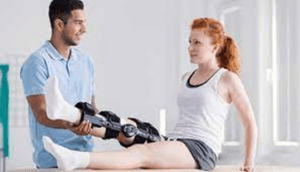
In some case’s the response to early rehabilitation can determine whether surgery is actually indicated.
Current evidence suggests that, in the long-term, there is no difference in how many people develop Osteoarthritis between people who have their ACL surgically reconstructed and those who don’t have surgery.
Reconstruction surgery will vary depending on severity of the injury (pain, instability and other structures involved), age and activity levels. A new ligament will need to be created from your own tendons (autograft) or from donated tissue (allograft).
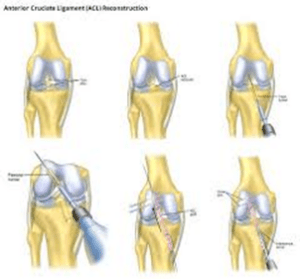

“I was given the option to have reconstructive surgery or try the conservative route of physiotherapy and bracing. I chose the latter because at that time I had young children and felt that the commitment to the longer recovery was a concern.”
“I used an Ossur CTi brace for Netball and skiing for the next 10years”
Rehabilitation
Most surgeons request physios to follow a protocol of rehabilitation to ensure the patient returns to full fitness, strength and stability. This is closely monitored by your physio and progressed on a regular basis to avoid over stressing the new ligament.
An example of a few weeks of rehabilitation can be seen below (Derby Royal Hospital)
Link to exercises: https://www.uhdb.nhs.uk/knee-protocols
“Sadly, despite the brace, I sustained a cartilage tear due to the slightly unstable knee during a Netball match. The surgeon explained that reconstructive surgery was now the only option to preserve the knee and this was done in December 2021. I followed the rehabilitation programme under the guidance of a fellow physio and now have no need for the brace.”
Return to Sport
Your physiotherapist will guide you when to return to training and onward to competitive sports depending on the demands on the knee. Usually this is between 6 and 9 months.
“Last summer I returned to competitive league cricket and the ‘couch to 5k’ running plan. I spent a week skiing over Christmas and despite a few inadvertent cartwheels down the slopes and I no knee pain or instability.”
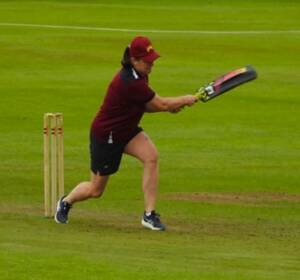
Charlotte returning back to the sport of Cricket

Charlotte returning back to Netball
Charlotte back to walking her dog
To Book an appointment with Charlotte King, please call:
01335 344952 Ashbourne Clinic or 01283 777070 Hilton Clinic
#ashbournephysio #ashbournephysiotherapy #hiltonphsysio #hiltonphysiotherapy #acltear, #anteriorcuruciateligament #kneepain #kneestrain #ligamentstrain #aclinjury #sportsinjury #sports #rehab #rehabilitation #kneesurgery
